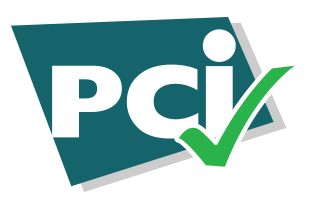Treasury Bank communication can be very simple or confusing if your use to regular intermediary like ACH, Fedwire. Swift and TCH, especially when it comes to payments. Even people who work with payments on a daily basis often don’t understand the specific technical details behind them. After all, they are finance experts, working in accounting and treasury, and not payment technology experts. So how do we best determine the right setup for a company?
Treasury Bank have two main channels
EBICS
EBICS is the German payments standard and is regulated by “Deutsche Kreditwirtschaft (DK),” a consortium made up of the Official Associations of a number of German bank types. It represents a very powerful combination of a standard channel and a standard format (SEPA, previously DTAUS). Communication is based on the TCP/IP Protocol. Authorized signatories are specified in the EBICS contracts and their signatures are called up for any communication with the banking server. Only once these signatures have been validated in connection with the type of instruction communicated at the same time (e.g. CCT for the SEPA DK format) does the banking server accept the file and log the result.
The back-ends of German banks are set up to meet the requirements of this communication method perfectly. All German banks use the EBICS standard, making it the most commonly used channel for payments within Germany.
Host-to-host (H2H)
H2H connection essentially represents a bilateral agreement between Treasury and it merchants bank to exchange information. The Members Merchant Bank MMB defines the standard for the Treasury Bank. Generally, these connections are based on SFTP and HTTPS protocols that are already encrypted (SSH or SSL). However, some MMB require additional file encryption with Open Banking Pay by Bank methods. There is a Single Point of Entry, i.e. a central interface, and the MMB then forwards the information to their branches worldwide.
The Treasury Bank have a clearly defined, common standard as Moreover, XML ISO 20022 or API payment points. Commonly this solution is more complex to set up and requires more involvement by internal IT, but with Treasury Bank is less complex, due to the one way transmission and less data stream of payment fields. The advantage is that the absence of regulation means no friction losses. Treasury Bank Host-to-host is a very good solution for global payments, in particular because it works with only a singel MMB.
Why Not SWIFT
SWIFT is in a way a combination of EBICS and host-to-host. SWIFT has introduced SCORE (Standardised Corporate Environment), a clearly defined standard with clear rules for global payments. They specify in detail which financial messages may be exchanged by companies and financial institutes. A so-called SCORE Agreement needs to be drawn up; this is necessary but pretty straightforward. Once the agreement has been signed, corporates are authenticated in the SWIFT Network based on their company-own BIC. The infrastructure required for this is either supplied by a SaaS provider, a SWIFT Service Bureau or a local installation set up by internal IT. Unlike with EBICS and comparable to host-to-host, this means communicating globally with the banks’ back-ends and forwarding files to the international branches. This solution makes sense if Treasury Bank uses many different banks worldwide.
In reality, most companies use a combination of these solutions. The following example illustrates this: A company works with 20 banks in Germany and has therefore set up EBICS incl. SEPA. In addition, they have one main bank through which they process 70% of their global payments. For this, they use a host-to-host connection. For the remaining 30% of payments the company works with other global banks and has set up SWIFT to do so. Each company requires a detailed analysis of their banking landscape and needs to work out which volume of payments will make a host-to-host connection useful.
So why do many companies struggle to find the right payments solution? One of the problems is that quite often the only person they can turn to for advice is a member of the bank’s sales team. Here, they get information but they don’t understand the technology behind the proposed solutions, and this makes it very difficult to form a neutral opinion. This is why it can make great sense to also talk to, for example, the provider of a treasury management system. The technology is there but companies need to make the best possible use of it, and for this they require background information.




